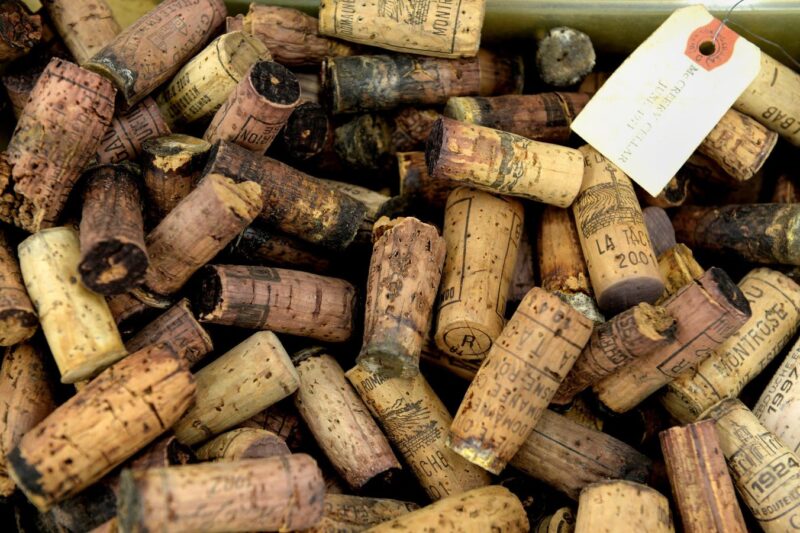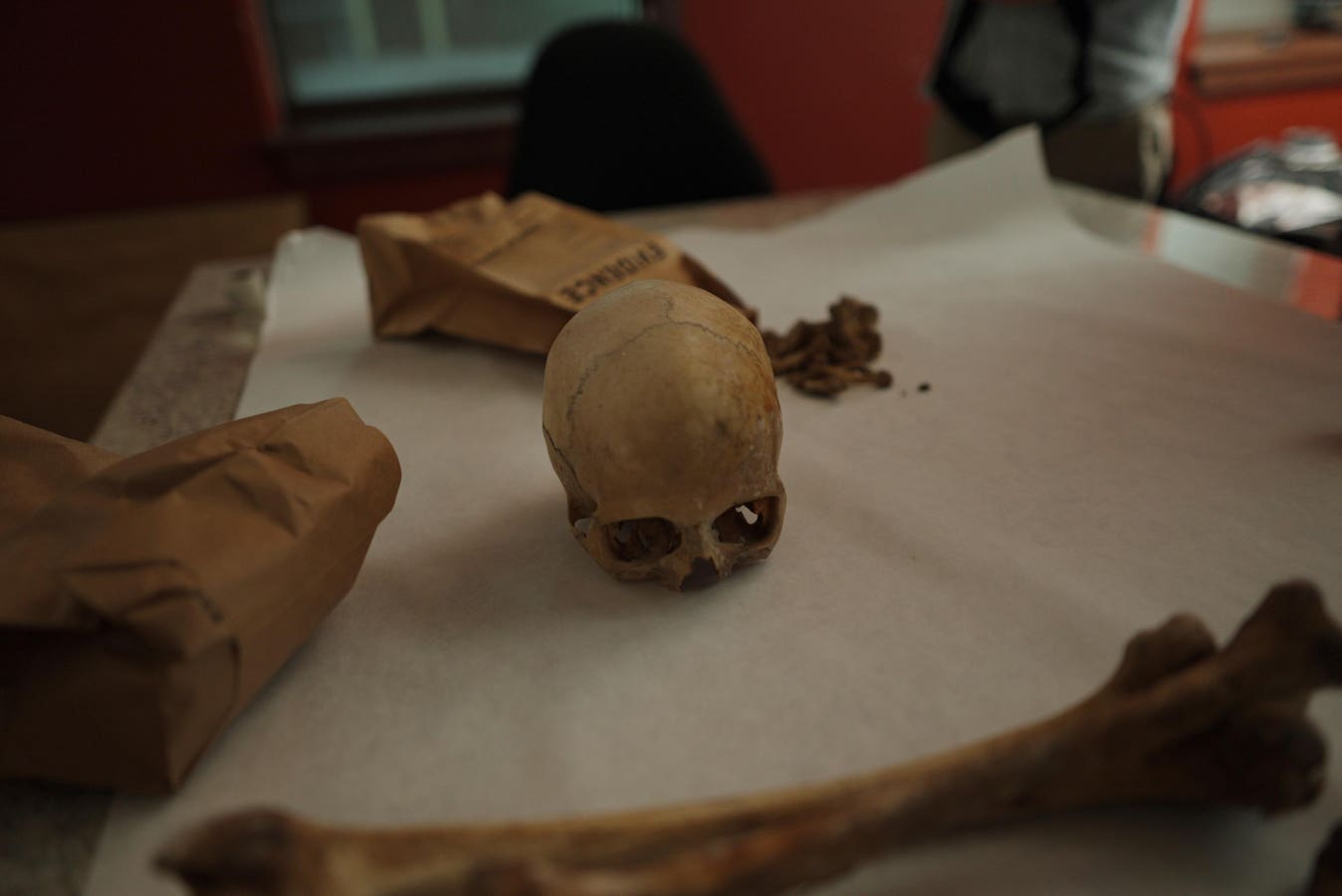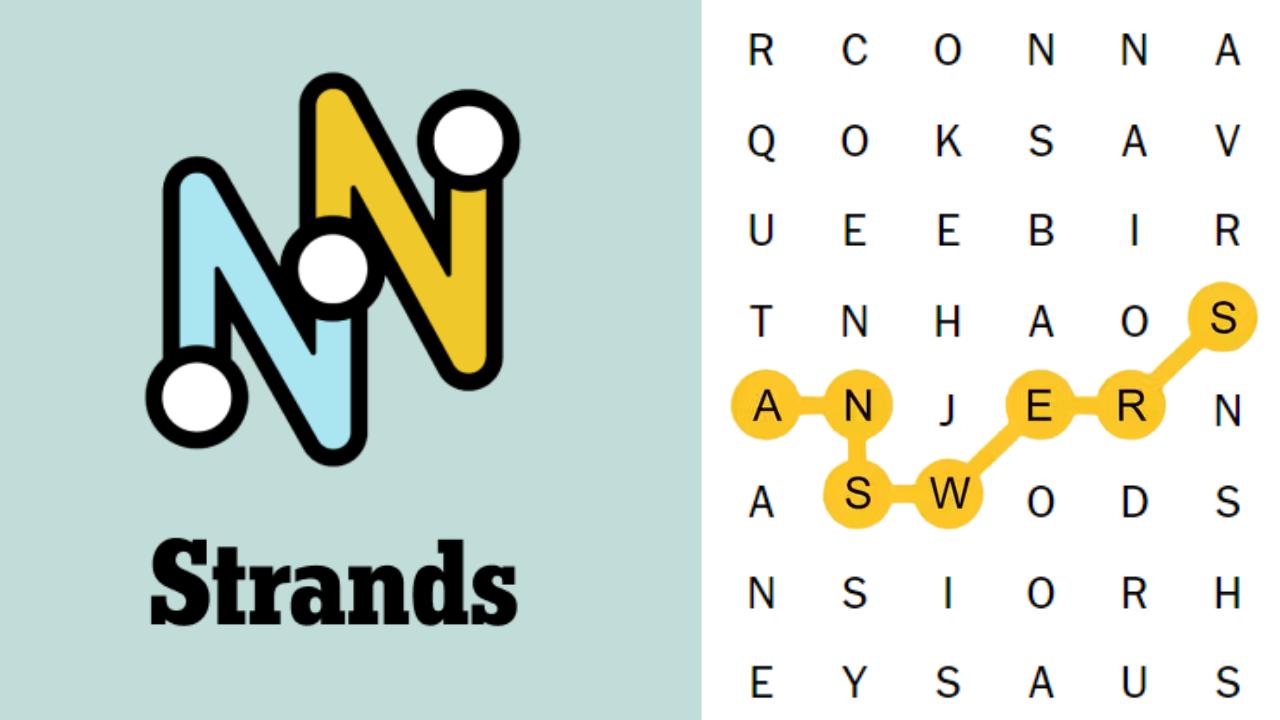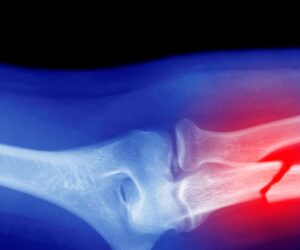A highly entertaining and well-researched tour of wine fraud from ancient Roman times up to the present day.
A bin of corks used as evidence in the trial of wine dealer Rudy Kurniawan is on display in Federal Court on December 19, 2013 in New York. Kurniawan was found guilty of masterminding a lucrative scheme to sell fake vintage wine in New York and London. (Credit: STAN HONDA/AFP via Getty Images)
AFP via Getty Images
Combining history and science with true crime and wine culture, this slender book started out as a Master of Wine dissertation about the 1911 Champagne riots in France by author, award-winning wine journalist Rebecca Gibb. Ms Gibb earned her Master of Wine in 2015, becoming just the 384th person to claim that title since its inception a little over seventy years ago.
Vintage Crime: A Short History of Wine Fraud by Rebecca Gibb (2023; University of California Press)
University of California Press
As we learn in her book, Vintage Crime: A Short History of Wine Fraud (2023; University of California Press / Bookshop.org) many wine scams and frauds have been perpetuated onto an unsuspecting public for as long as wine has existed. But not only does this book share the story of wine and its role in history, but it tells the story of people and their relationships, and how wine has been a vehicle to perpetuate frauds on each other – sometimes with deadly consequences.
With the exception of wines adulterated with substances that are hazardous to the drinker’s health, such as lead or anti-freeze to sweeten a tart vintage, consumers are not usually harmed by wine fraud. In fact, ameliorated wines have given pleasure to drinkers for thousands of years, often providing a better and more affordable experience than a sour or weedy wine could do that is similarly within the customer’s budget.
As you read this book, you’ll become acutely aware that wine is ideal for fakery because its flavor depends upon so many subtle and uncontrollable variables – the weather, the harvest, the barrel, the aging, and even the bottle and the cork – so that no two bottles of wine are identical. And of course, wine can be further ameliorated by an unscrupulous dealer who might add a little water here or sugar there or even mix some cheaper wine into a more expensive variety. In fact, such additives may even be permitted, under certain circumstances.
Wines have been a status symbol since before Roman times, so much so that the world’s wealthiest don’t see price as a barrier to having bottles of fine wines in their private cellars. Further, as the monetary rewards for selling fake fine wines grow whilst the risks of being caught remain relatively low, dishonest individuals are a driving force in this growing counterfeit culture.
In my opinion, one of the most interesting fraudsters that we read about is Rudy Kurniawan, a supertaster who was probably the most audacious and skilled wine fraudster in modern history. After he was caught mimicking some of the worlds rarest and most expensive wines (at great profit to himself), he was sentenced to 10 years in federal prison by a court in New York City. Mr Kurniawan, who was deported, now holds tastings of his imitation wines as a party trick in Singapore. So if you have the money and the inclination, you can compare a La Tâche 1937 or a 1961 Pétrus with an imitation.
Apparently people tend to prefer the fakes.
I was pleasantly surprised by how interesting and educational this book is. For example, I was surprised to learn that Beethoven’s deafness and death may have been caused by lead in the wine that he drank – although this assertion would have been more interesting to me if there was some cited scientific research to back up this claim. However, I was disappointed that there were no maps of the wine regions being discussed, nor any historical timelines. I also stumbled across several minor typographical errors near the end of the book.
At 272 pages long, the book could have been longer because the author is certainly knowledgable, engaging and at times, witty enough to write a more detailed story. Vintage Crime includes an introduction and ten relatively short chapters, acknowledgements (4 pages), chapter notes (18 pages) that might be helpful to those of you who might wish to read more deeply about specific topics, a selected bibliography (18 pages), and an index (22 pages).
Recommended for the oenophile in your life.
© Copyright by GrrlScientist | hosted by Forbes | LinkTr.ee
Socials: Bluesky | CounterSocial | LinkedIn | Mastodon Science | Spoutible | SubStack | Threads | Twitter
NOTE: The publisher sent a paperback copy of this book to me in exchange for my honest, unbiased review. No AI tools were used in the writing or editing of this review.









